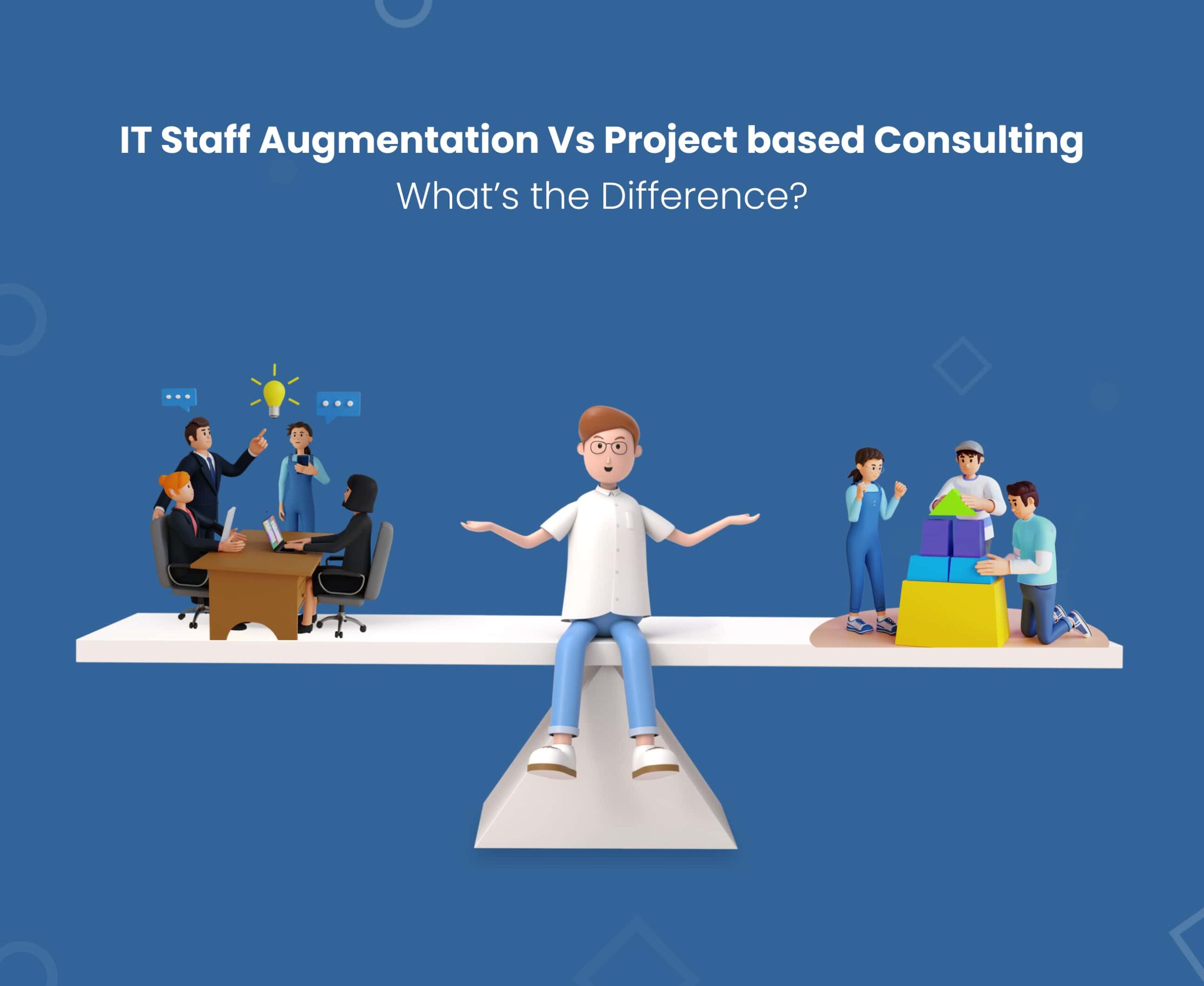Companies must adopt emerging tech stacks for web development to provide a functional browsing experience and make their jaw drop. Customers today expect websites to perform effectively and want pleasant user interfaces that lead them to solutions. And to deliver that one-of-a-kind experience, you need to consider React. According to recent statistics, react is currently the most used javascript framework among businesses. React is now the leading choice for frontend, with over 11 million websites worldwide. React is embraced by numerous organizations throughout the world over alternative frontend languages to address their problems. In contrast to many other frameworks, React is concentrated on a single objective — view rendering — giving software architects the freedom to precisely customize the rest of the ecosystem. You can hire ReactJS developers to leverage a range of services, from developing products from scratch to migration.
Table Of Content🧾 Reasons to Migrate to React What React Migration Brings You Strategies for Migrating to React Final Thoughts
Reasons to Migrate to React
The switch from the current framework to React may take place for several reasons. Here are a few typical causes for the migration to React:
- The existing site does not function properly with recent updates, browser features, user interface developments, etc.
- Absence of built-in SASS support
- Subscription fees and high-cost cloud services
- a drop in website traffic and engagement
Here Is Why a Good Percentage of Developers Select Reactjs for Migration:
- Open-source
- Extensive community backing
- Simple to learn and use
- High-performance
What React Migration Brings You?
React is a free and open-source javascript framework that makes it easier to build web apps and user-friendly websites with cutting-edge functionality. So using it as your front-end brings you the following benefits.
- Multi-Platform compatibility
- Reusability of code
- Affordable website development
- Refine and redesign your website while closely observing UI/UX best practices.
- When you determine which plugins, features, APIs, and codes are overburdening your site, you can delete them.
- Increased conversion rate.
Also, you gain knowledge about how to evaluate and measure a website’s performance effectively. So it can help in implementing further changes in the future.
Best Strategies for Migrating to React
When you implement certain methods and planned strategies, React Migration can deliver the result just how you pictured it. Project managers, developers, UX/UI designers, QA specialists, and DevOps engineers can benefit from React migration best practices.
Examine the Old Website
A thorough evaluation will assist in identifying the causes of any current pain points. It will also help in defining specific objectives for this modernization journey. Third-party technical assessments can be quite beneficial too because they can reveal previously unknown parameters and develop hypotheses about your legacy stack that benefit in uncovering information buried deep inside the underlying architectures.
Spend Time on Your Plan
Unite the team’s goals by creating an objective. Plans for the team, the company, the product, and the technology should all be identified and communicated—everyone on the team values being able to share the WHYs that drive strategy. Exemplary leadership promotes a sense of ownership among employees.
Train Your Team

Early in the process, train the team. A fresh technology stack adds novelty. And that can bring challenges along with it. A leading product shouldn’t be built to be thrown away means it should boost revenue with minimal effort. So spend money on a week-long training session; better yet, let the team develop a prototype that includes essential features. This way you can increase the team’s confidence and productivity.
Read More: Why Choose React JS Development For Your Startup? 🚀
Start Easy and Small
Early wins are necessary for your team to feel at ease with the new stack. The benefits will also be evident to the stakeholders right away.
Choose a Suitable Development Partner
It would help if you searched for tech service providers knowledgeable in agile approaches, project management, quality assurance, and user experience and those with the appropriate expertise in React migration and custom development. Give yourself enough time to research and examine sources. Make sure the partner also fosters a positive workplace culture.
The Plan for Migration Progression
Go either top-down or bottom-up. If you opt for the bottom-up approach, start with the components that have the fewest dependencies. Be aware that employing several concurrent frameworks, routing parallelism, and other factors will result in a performance penalty until the migration is finished. The Strangler pattern, also known as the top-down technique, enables you to choose a significant portion of the old program that you can deploy as a whole. Either strategy should let you start deploying quickly and get feedback as you refine the remaining steps of the migration process. React is a solid choice for either top-down or bottom-up methodologies. Consistently increasing growth is the key.
Invest in Open Source
You probably use many self-funded open-source products like React Router, Webpack, Babel, etc. Even small contributions to support initiatives enable projects to be maintained for your benefit.
Utilize React Migration Completely
It’s a chance to enhance more than just the front end. Switch from outdated backend APIs to React.
Establish a Procedure for Introducing New Team Members
The team will likely expand or see some turnover. Also, you might temporarily introduce individuals to offer vital knowledge to include features with the legacy website. A more effective onboarding will be made possible by suitable documentation, increasing productivity. A complete Storybook implementation, testing deployments, NPM scripts, and a development ecosystem will be quite helpful.
Find the Relevant Users
The website typically has both internal and external users. The team can better understand the legacy site and make just-in-time decisions for modernization when they are aware of personas and usage circumstances.
Create Small, Manageable Work Units
Smaller code changes enable quicker reviews and quick corrections. Although feature branches and feature deployments are always an option, increments should be small. Short PRs foster transparency and integrate much more quickly.
Early Automation
Before developing a single line of code, performance budgets, accessibility guidelines, coding standards, and formatting can all be automated. Lint and auto-formatting checks are excellent choices for staged files in the pre-commit stage. The ideal way to implement the others is in a Continuous Integration setting. The ecosystem for React developers is brimming with fantastic frameworks and goods.
Extract the Necessary Knowledge
The team has undoubtedly found and repaired significant bugs over the years that you don’t want to happen again after the move. If writing acceptance tests are challenging, note that information for future manual quality assurance testing.
Maintain Accurate Records
Write down all you learned. Justify each decision. List every to-do item. Adequate documentation will extend the life of your product and prevent further rewrites.
Implement a Design System
The Design System is a library of parts and design aesthetics provided as code to promote uniform and scalable adoption. Regardless of the size of the project, design systems make maintenance more accessible and provide an excellent layer for separating business logic from views.
Establish Sensible Performance Budgets
Performance and conversion rates are closely related. Although React is simple to learn, setting up a fantastic performance architecture does demand skilled care.
Keep Up the Strangler Facade
When you start delivering new code, there’s a good probability that consumers will be using outdated platform features. For instance, they can be using an outdated URL. A translation layer that connects legacy and contemporary apps might be necessary. This layer may frequently be found in the cloud as serverless computing or as redirects. AWS Lambda or Cloudflare Workers are two good examples. Due to its exceptionally low latency of only 30 ms worldwide, serverless on the Edge or CDN is a fantastic option.
Introduce the Tests
Even older tests can be used to find problems or alert the team to edge cases. The likelihood is high that you’ll need to transfer the tests using code, but this does not necessitate starting from scratch.
Rewriting the Early Migrated Code Should Not Be Done
Many teams make the mistake of going back and rewriting sections of their early-migrated code. Naturally, we’ve grown a lot and are ashamed of how we used to think a few months ago. Rewrites are more complex to justify than bug fixes or new feature development. Contrast this with technical debt, which is the deliberate impairment of technological capabilities done to increase productivity. Everything should have a business purpose, even committing to a rewrite.
You Need a Before and After Comparison.
Remember that migrations demand time and money. After the migration is complete, you must keep your eye out for higher conversion rates. This is similar to having dessert after a fancy lunch. While performing this step satisfies our egos, it might also highlight instances where the legacy app outperformed the newly updated version. So you take steps accordingly.
Final Thoughts
Consider migration to be a digital transformation, and be ready for it. The procedure works best when iterations are rapid, simple, and relatively agile, enabling early client feedback. To decrease friction, ensure standards, and boost efficiency, automate as much as possible. The secret to a successful React JS migration is transparency.








